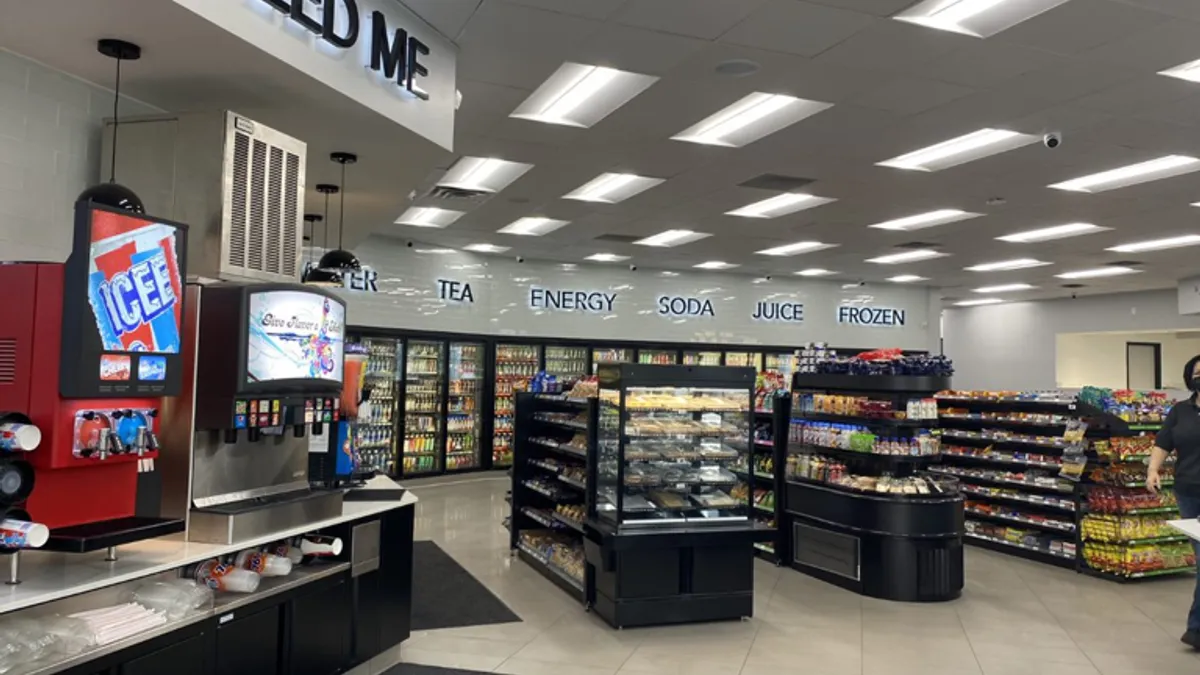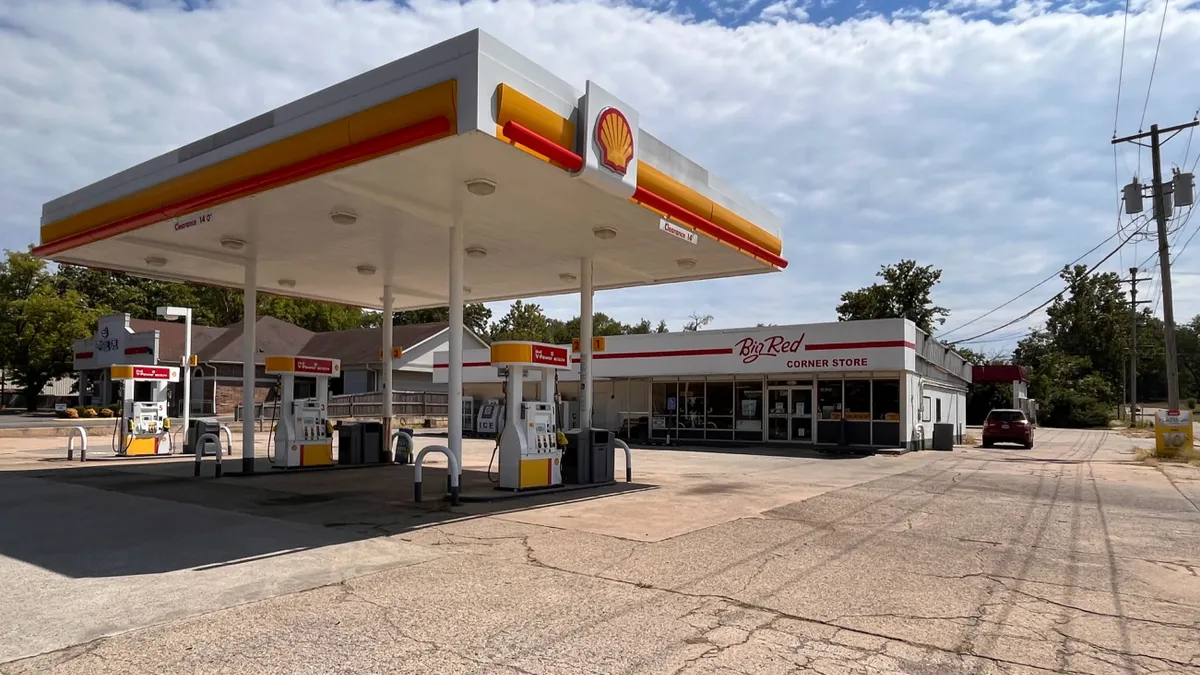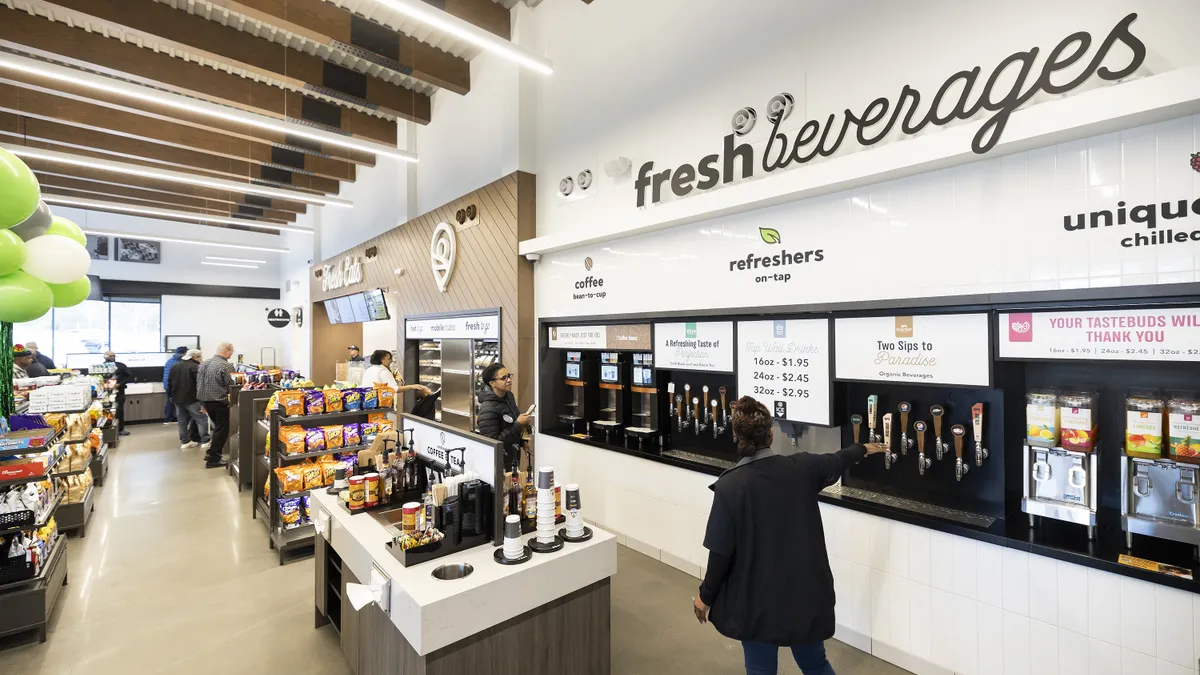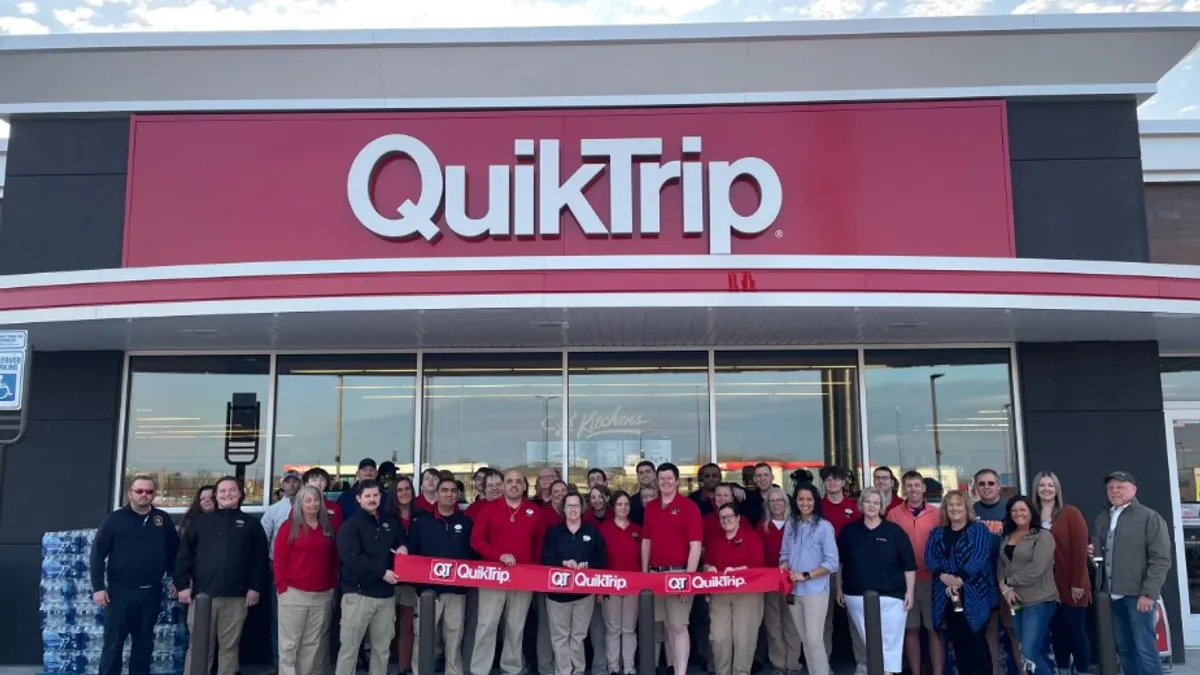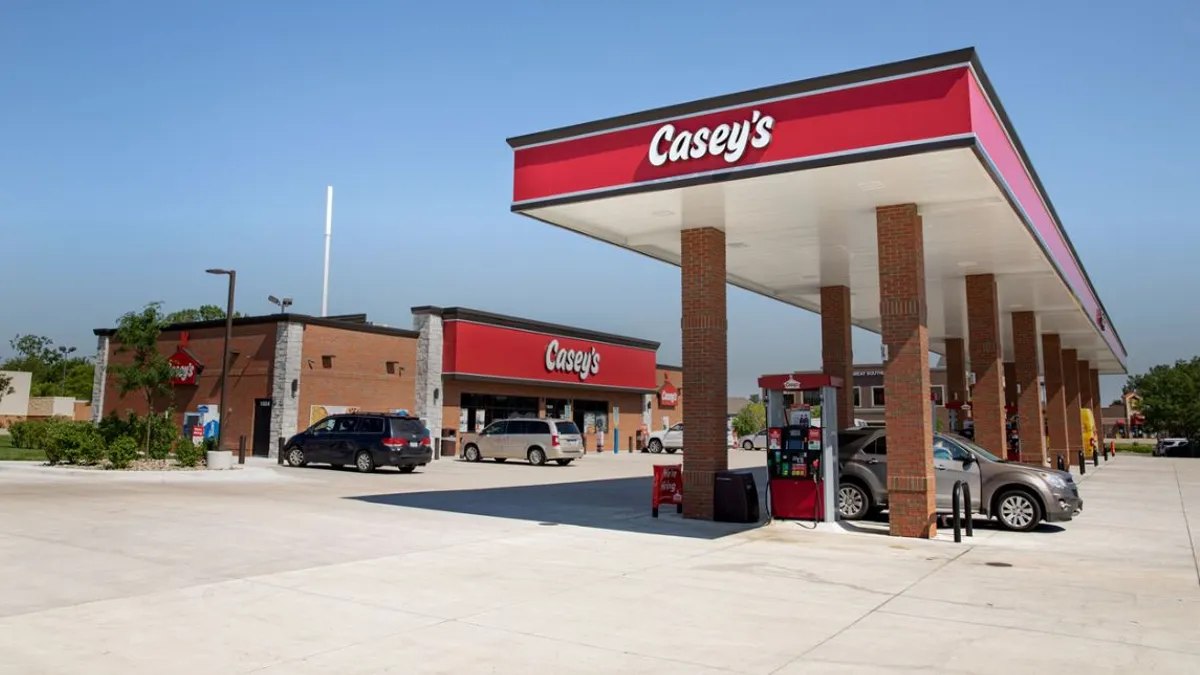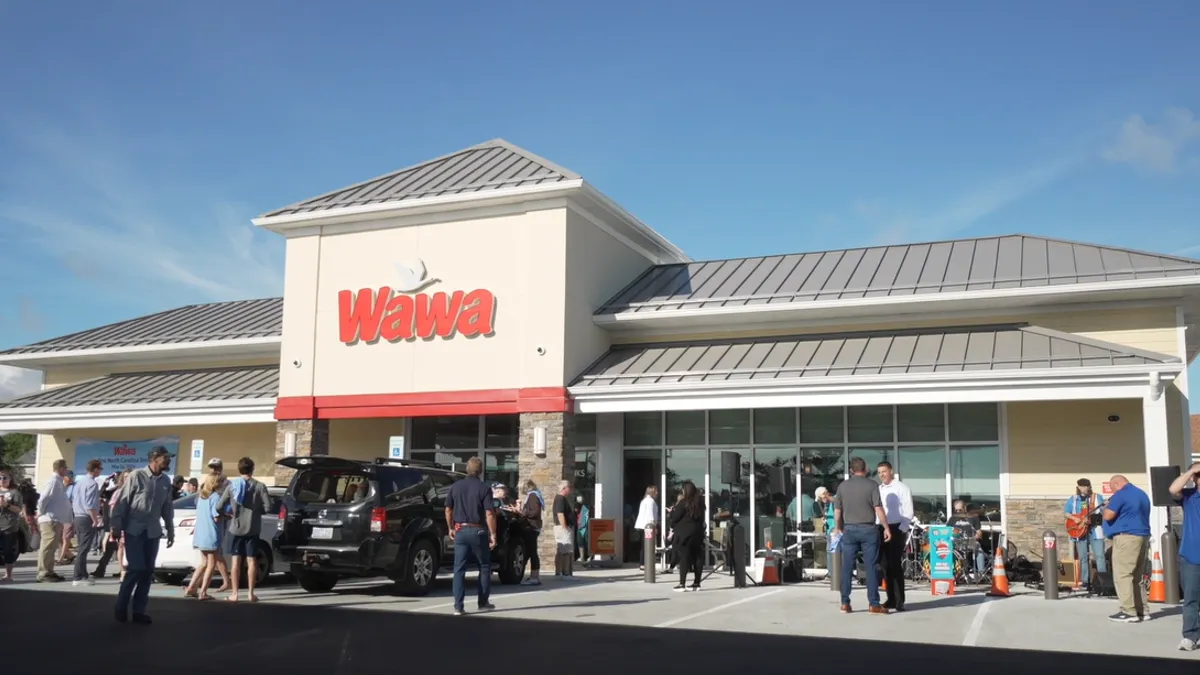Back to Basics is a monthly series that outlines how c-store operators can get valuable new services up and running.
Remodeling a c-store can be time consuming, financially daunting and even impact the customer experience. But renovations can be vital, and for retailers considering taking that step, refurbishments can make a big difference.
“Folks that make that investment will definitely see the return on investment over time, because you’ve got to stay relevant in your community,” said Tammy Rozga, president of Rozga Business Solutions, a c-store project management company.
So when is the right time to remodel? Experts said that while an outdated or dingy interior can be a good sign, a bigger clue can come from looking outside the store’s walls.
“Taking a look at just what other stores are doing in your area will give you an indication that maybe it’s time to think about a remodel,” said Seth Maddox, creative director at King Retail Services, a retail store design and project management company. “It’s easy to know whether you’re falling behind.”
It’s important for retailers to consider whether they are costing themselves money by not making the updates, Maddox said.
“Sometimes, you might be paying more for things that you could just replace and gain efficiencies when it comes to energy usage,” Maddox said, noting things, such as older refrigeration units or lighting as potential energy-wasting devices.
Once a retailer decides to remodel, it can became easy to either look too narrow or too wide, experts said. Keeping the store’s goals in mind should guide the project.
“The best thing to do is have a clear expectation in regards to how much you can fund,” Rozga said. “And then really focus your efforts on developing a scope of work within that budget, that’s going to give you your maximum return on investment.”
Rozga added that retailers should research financing options and tax benefits available in their area that might boost the funding for the remodel project.
Think about the whole store
Retailers should start by getting a hands-on feel for their stores and what they need.
“I think you really have to take a minute and do your homework,” said Whitney Burns, director of interior design at c-store design firm Paragon Solutions. “A lot of times, owners, they own a store, but do they really spend a lot of time in their stores? So go buy your food, go and experience your customer service. … Is it enjoyable?”
C-store operators should look at problems that customers have repeatedly flagged. “Your customer is ever evolving,” Burns said. “So listen to them. You may think that you know everything that they need, but unless you actually give them a voice and listen to them, you may not know everything.”
While it’s easy to get tunnel vision on one aspect of a remodel, experts recommend thinking about the whole store.
“The people that are new to it, they only know what they know in regards to remodels,” said Michael Lawshe, president of Paragon Solutions. “Let’s look at the opportunity. Let’s look at what's possible.”
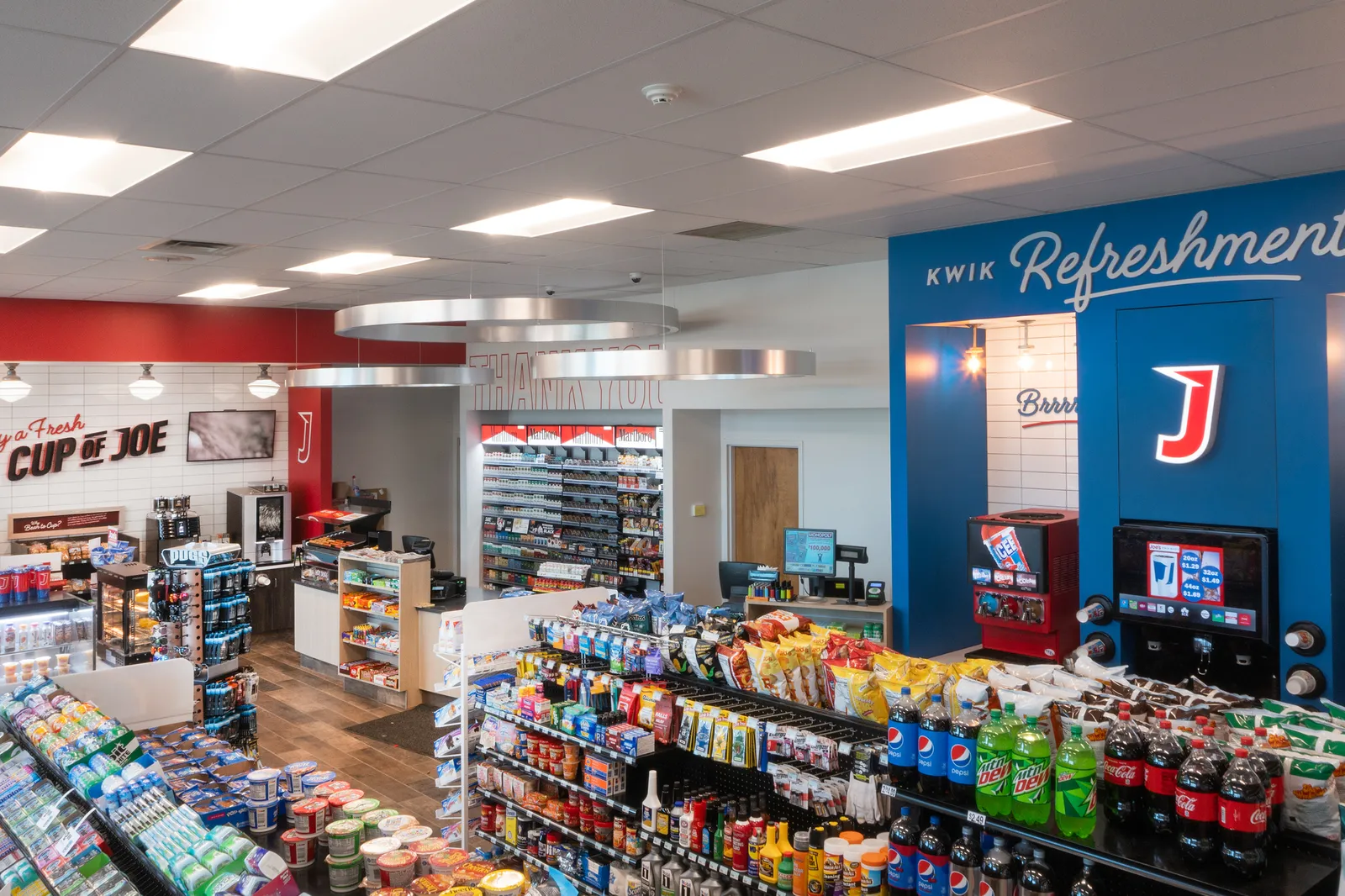
Taking a step back can be important because changes to one part of a store, especially in smaller locations like many c-stores, can affect everything else. For example, Lawshe said a store replaced a hot case with self-checkout without thinking about the broader experience. The change left customers bumping into each other and could have been curtailed with better planning and taking a more “holistic approach” to the project, Lawshe said.
He also warned against seeking to just replicate something another retailer is doing. Not only are various chains operationally different but duplicating others can move a remodel away from what makes a particular store work for its customers.
“What makes you special?” Lawshe asked. “What makes you different? Is your service greater? Do you take more care in your restrooms? What makes you you?”
Finding the right experts
Once a c-store’s leadership decides on a remodel, the next step is to assemble the right professionals to do the work.
“First and foremost, if your remodel is going to require a set of plans, you want to get a quality architecture firm to represent you,” Rozga said. “Someone that has experience working in the convenience and guest space is a high plus, because you want someone that can help lay out a floor plan that’s going to be efficient operationally.”
She also recommended finding a builder who’s used to working in the gasoline space if a store has pumps, so they can help the store keep its fuel online even if the store itself needs to close for the remodel.
And when it comes to hiring experts, retailers should make sure their values and needs align with the companies they’re working with, and they should also get first-hand opinions on the company’s work.
“Talk to people that they’ve worked with,” Burns said. “Once you speak to somebody who can truly be honest with you, and tell you good, bad, all of the experiences, that’s going to give you a real inside view of what it is like to work with that group.”
Making it last
When it comes to tackling basic design elements, such as walls, floors and cabinets, avoid picking something “trendy” that may be outdated too quick, experts said.
“Don’t do a crazy pattern that’s going to wear itself out in two years,” Burns said. “On the bigger ticket items, go neutral, stay timeless.”
She recommended using graphics or lighting to add more personality — items that are easier and quicker to change, if needed.
Also, c-store operators should focus on how easy the material is to clean, as well as its durability.
“Using better-grade materials goes a long way on the interior,” Maddox said. “Especially on surfaces like beverage counters, anywhere that gets wet, or high-traffic areas. You really want to pick those materials wisely, to make sure they’re not going to wear out in two years.”

While it may cost more, it’s often better to rip out old design elements that aren’t needed anymore. Lawshe pointed out that people know when they walk into a c-store that used to have a Pizza Hut or other amenity because stores often leave those tell-tale structures in place.
“Nothing will increase your sales more than that fresh look,” Lawshe said. “I know it’s painful, sometimes, and expensive to do those remodels. But rip the Band-Aid off and make it right.”
Prepare for the unexpected
Large-scale projects can come with a host of problems.
“No matter how good the plan is, the plan will change,” Rozga said. “It’s great if the plan comes together exactly on time exactly within your budget. But know that there’s an opportunity for things to change and just be ready for it.”
Retailers should make sure remodeling timelines mesh with the professionals they hire to avoid mismatched expectations.
“Some, especially smaller chains or independent owners, who maybe haven’t done a renovation in the last 10 years are expecting things to be a little quicker than they are sometimes,” Maddox said. “Especially lead times with certain equipment, lighting, whatever the case might be.”
Retailers can head off some predictable points of irritation from customers by clearly communicating those timelines. If the store will be fully or partially closed for the work, “communicate the heck out of it,” Lawshe said.
“Talk it up,” he added. “Give incentives to those customers, during the remodel, for them to come back for a cup of coffee and check on our progress. ‘It’s on us,’ whatever, create fun.”
But ultimately, retailers need to take a deep breath and commit the time and attention needed to do the renovation right.
“There’s no quick fix for a remodel,” Burns said. “Ultimately it’s going to take more time. It’s going to cost more than you thought, but it’s going to be worth it. So take your time, do your homework and do it right.”



